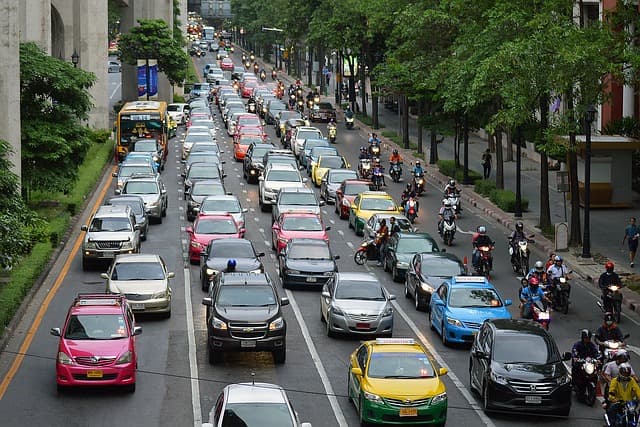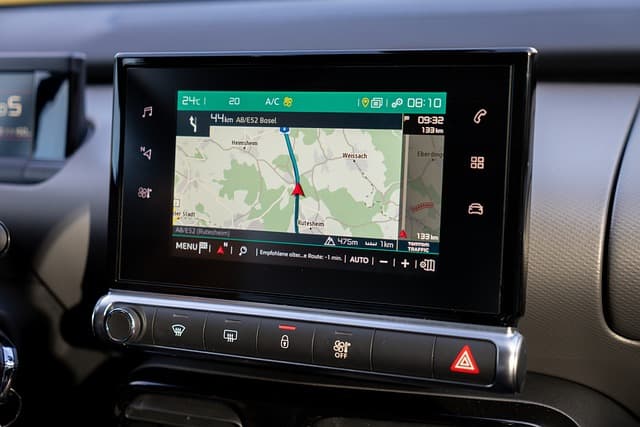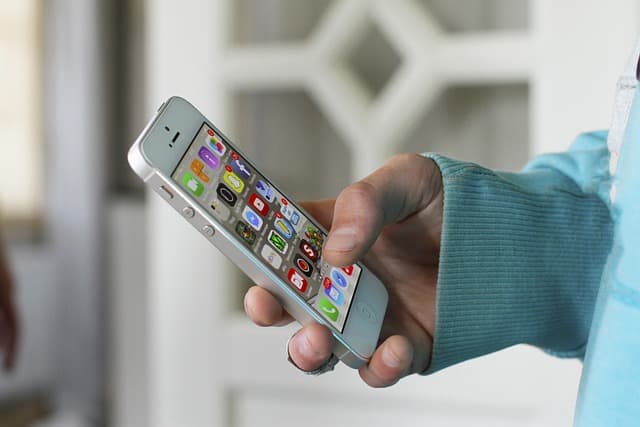Navigating through city traffic during rush hour can be a stressful experience. Whether you’re commuting to work, heading to an appointment, or simply running errands, dealing with heavy traffic is a common frustration. However, with the right strategies and tools, you can make your rush hour commute smoother and more efficient. Here are some essential tips to help you navigate through rush hour traffic with ease.
Plan Ahead and Leave Early
One of the best ways to avoid stress during rush hour is by planning your trip ahead of time. Check the traffic conditions before you leave by using apps like Google Maps or Waze. These apps provide real-time traffic updates, showing you the best routes and estimated travel times. If possible, try to leave earlier than usual to avoid peak congestion times. Early departures can help you skip the heaviest traffic and give you more flexibility on the road.
Use Traffic Navigation Apps
Today’s navigation apps are more advanced than ever before. Google Maps, Waze, and Apple Maps not only provide directions but also offer real-time traffic updates. These apps suggest alternate routes based on current traffic conditions, road closures, and accidents, helping you avoid the worst traffic hotspots. Make sure to have your navigation app open during your commute so you can adjust your route if necessary.
Avoid High-Traffic Areas
During rush hour, certain streets and highways are bound to be more congested than others. Major arterial roads, highways, and key intersections are often the worst offenders. If you have the option, use smaller streets or alternative routes to avoid the most traffic-heavy areas. Using a combination of residential roads or parallel streets can often get you to your destination faster than staying on the main highway.
Take Advantage of Carpool Lanes
Many cities have designated carpool lanes that allow drivers with multiple passengers to bypass regular traffic. If you have a passenger or are carpooling, use the carpool lane to save time and avoid traffic. These lanes can make a significant difference in reducing your commute time, especially during rush hour.
Consider Public Transportation or Alternative Modes of Travel
If possible, consider using public transportation to avoid the headaches of driving in heavy traffic. Many cities have bus, subway, or tram systems that can bypass the gridlock. In some cases, these options may be faster and more cost-effective than driving. Alternatively, consider using a bike or electric scooter for shorter commutes, especially if your destination is located in a busy urban area.
Stay Informed About Accidents and Road Closures
Accidents and road closures can create unexpected delays and detours during rush hour. Before heading out, check for any incidents along your route using your navigation app or local news sources. Many navigation apps send alerts about accidents, helping you avoid traffic jams. If there’s an accident or roadwork ahead, the app will suggest an alternate route to help you stay on track.
Be Prepared for Delays
While it’s important to try to avoid delays, sometimes rush hour traffic is inevitable. It’s essential to stay calm and patient during your commute. Bring along entertainment, such as music, podcasts, or audiobooks, to make the time spent in traffic more enjoyable. Prepare yourself mentally for possible delays, and try to make the best of the situation. Consider keeping snacks and water in your car for longer commutes.
Stay Flexible and Open to New Routes
Sometimes, even with careful planning, traffic conditions can change unexpectedly. A route that was clear when you first checked could become congested. Stay flexible and be open to changing your route if necessary. Navigation apps often provide alternative routes on the fly, and sometimes taking a different road can save you time, even if it’s not the one you originally planned.
Keep a Safe Distance and Drive Defensively
Rush hour traffic can be chaotic, with cars often stopping and starting abruptly. It’s important to maintain a safe distance from the vehicle in front of you to give yourself plenty of time to react. Drive defensively and stay aware of your surroundings to avoid accidents and potential delays. Avoid aggressive driving, such as speeding or weaving between lanes, as it increases the risk of accidents.
Use the “Avoid Highways” Feature When Necessary
If you’re in a city with heavy highway congestion, consider using the “avoid highways” feature available in many navigation apps. This feature allows you to bypass major highways and take surface streets instead, which might be less congested during rush hour. While it might add a bit more time to your journey, avoiding highways can often lead to a smoother and less stressful trip.
Conclusion
Navigating rush hour traffic doesn’t have to be a nightmare. With a little planning, the right tools, and a calm mindset, you can make your commute faster and more efficient. Use navigation apps to stay informed, avoid busy routes, and consider alternative modes of travel to bypass the gridlock. Above all, stay patient and flexible, as traffic can change at a moment’s notice. With these tips, you’ll be able to navigate rush hour like a pro!



